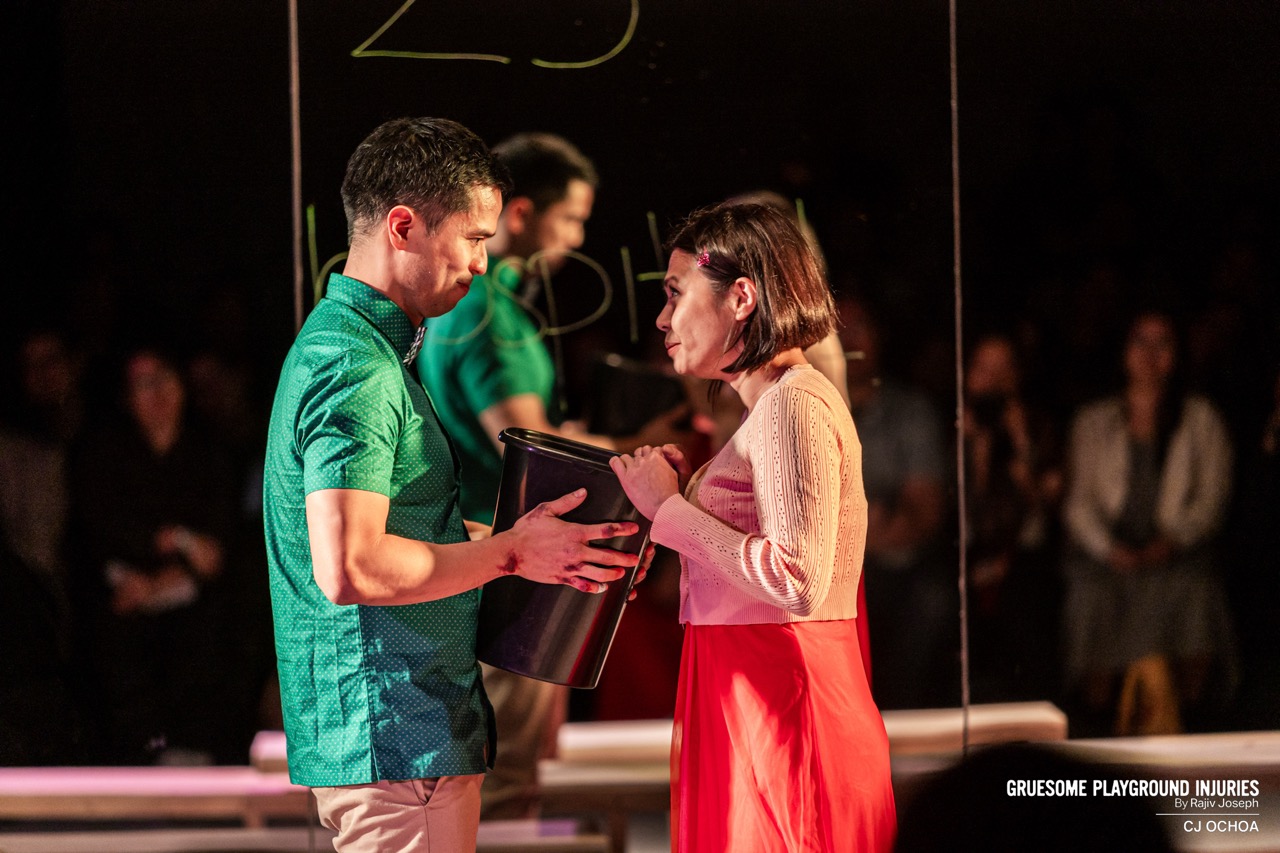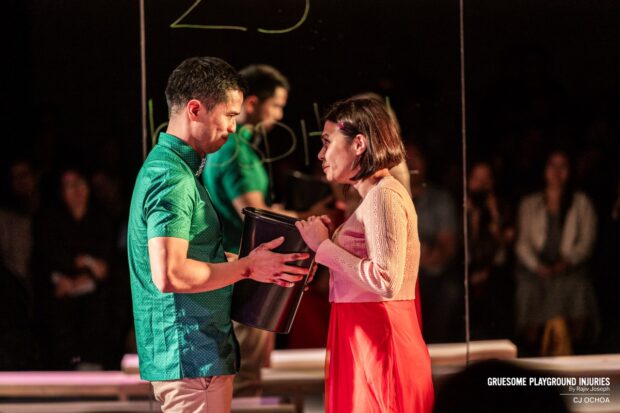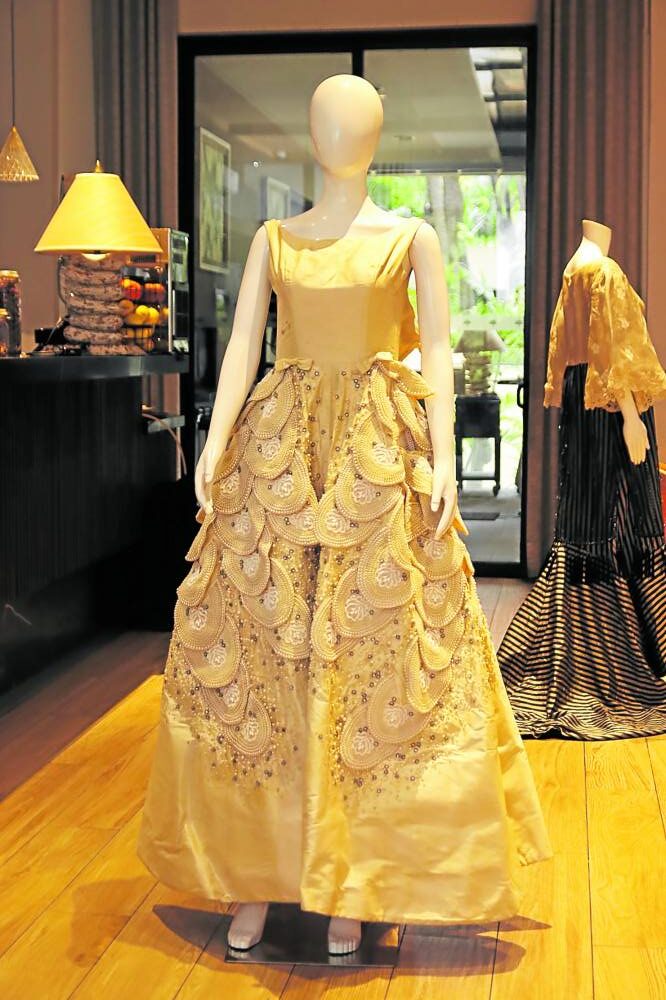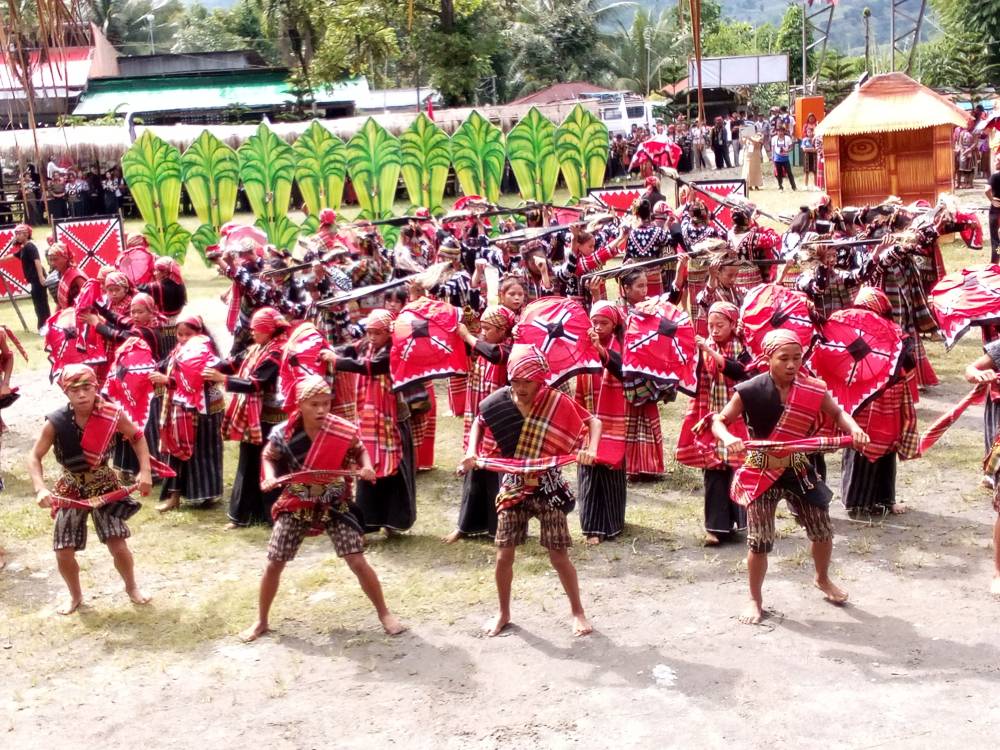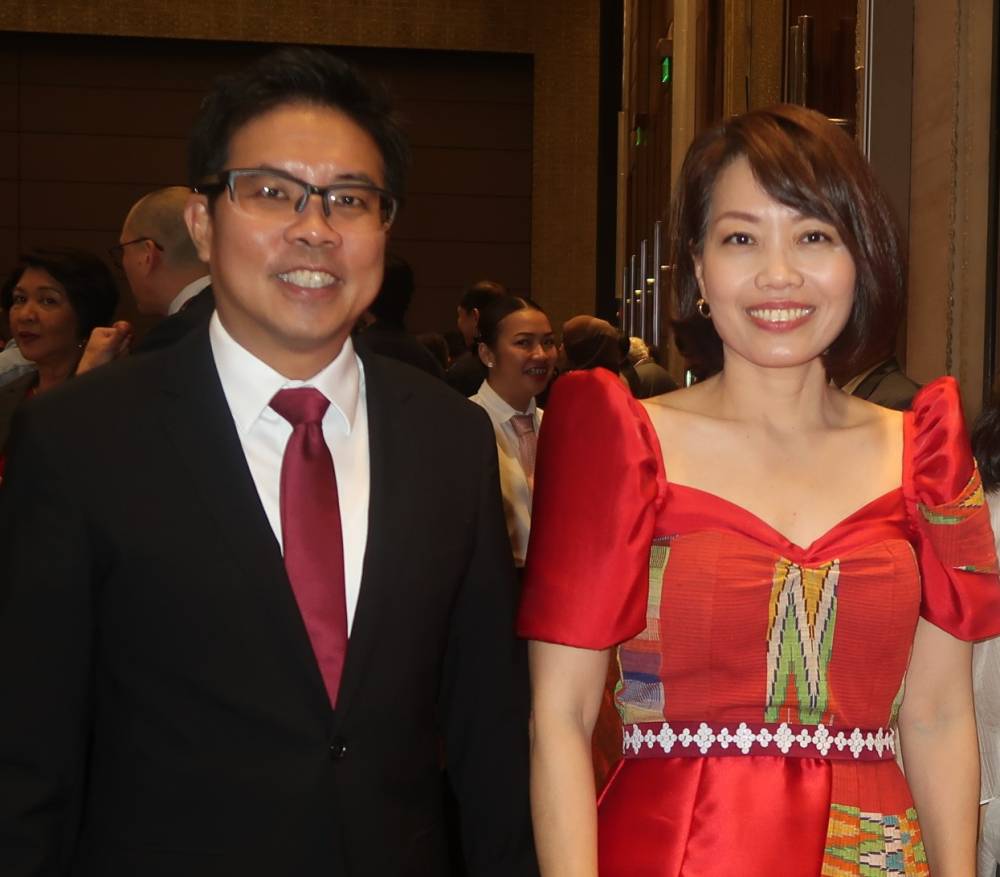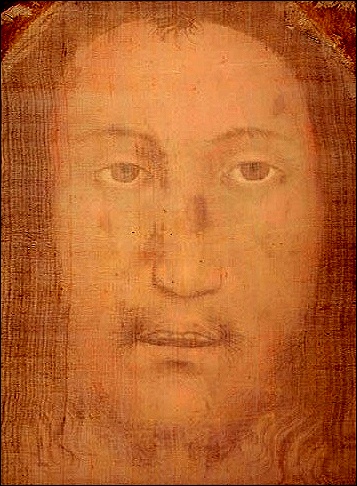
The Shroud of Turin, believed by devotees to be the burial linen of Jesus Christ but just as readily dismissed by its detractors as a forgery, is being exhibited through television and social media till April 17, Easter Friday. It is the first virtual—and more or less public—exhibition of the controversial cloth since its last public display five years ago.
The online exhibit should provide the chance for Catholics to compare the Turin relic with the equally controversial Veil of Manoppello, more popularly known as “Veronica’s Veil,” but is really said to be the facial napkin of the entombed Christ.
Enshrined in the Basilica of the Holy Face in Manoppello in the Appenine mountains in the Abruzzo region of Italy, the relic was “discovered” in 1965 by Capuchin priest Domenico da Cese.
Scholars later established that the napkin was the Sudarium, or facial veil that Jesus wore during his entombment, based on the account in the Gospel of John. They established that the relic had a long history of veneration starting in the East and later on in the West, as shown by icons and artworks in Rome and elsewhere showing popes displaying the veil.

But while the Shroud of Turin shows the dead Christ, the Sudarium shows Jesus with open eyes. It shows the Resurrected Christ.
In 2006, Pope Benedict XVI made a famous pilgrimage to Manoppello to view and pray before the relic.
And in 2014, the Capuchin friars of Manoppello, grateful for the stream of Philippine pilgrims to Manoppello, sent a replica of the relic to the Immaculate Conception Parish Church in Nampicuan town, Nueva Ecija province, where it is now enshrined. It the only replica of the veil outside of Manoppello.
But that’s getting ahead of the story.
Shroud as plague cross
Turin Archbishop Cesare Nosiglia has allowed the shroud to be exhibited this Easter reportedly because of “thousands and thousands” of requests from people “in this moment of great difficulty.”

Nosiglia said the online display would provide hope to Catholics especially in Italy, which is the worst-hit country by the new coronavirus disease (COVID-19) pandemic on record, far worse than China where the COVID-19 virus is said to have originated. As of April 7, the tourist hub had more than 16,500 deaths out of more than 132,500 cases.
The burial cloth of Christ, said Nosiglia, “presents to us in such a true and concrete way, the grace of overcoming evil as [Jesus] did, trusting in the goodness and mercy of God.” He added that through TV and social media, the faithful could contemplate the “image of the Holy Cloth, which reminds us of the passion and death of the Lord, but which also opens our hearts to have faith in his resurrection.” The Turin prelate said the face of Christ “is stronger than any suffering, any disease, any contagion, any trial and discouragement.”

The Santo Sindone, or Holy Shroud as the Italians call it, has always been considered some sort of a plague cross, like the crucifix of St. Marcellus Church in Rome before whom Pope Francis recently prayed to appeal for an end to the COVID-19 pandemic. In fact, St. Charles Borromeo, archbishop of Milan, vowed to make a pilgrimage to the Santo Sindone during the plague of 1576.
But more than a plague cross, the shroud is believed to bear the imprint of the battered body of the crucified Christ himself.
The shroud is no less than 14 feet 3 inches long by 3 feet 7 inches wide. It is a single created piece, save from a strip about 3.5 inches wide running the length of the left side and joined by a single seam.
Despite its impressive dimensions and very old history, the linen article would have been insignificant if not for the striking image apparently left there by the person it used to blanket.
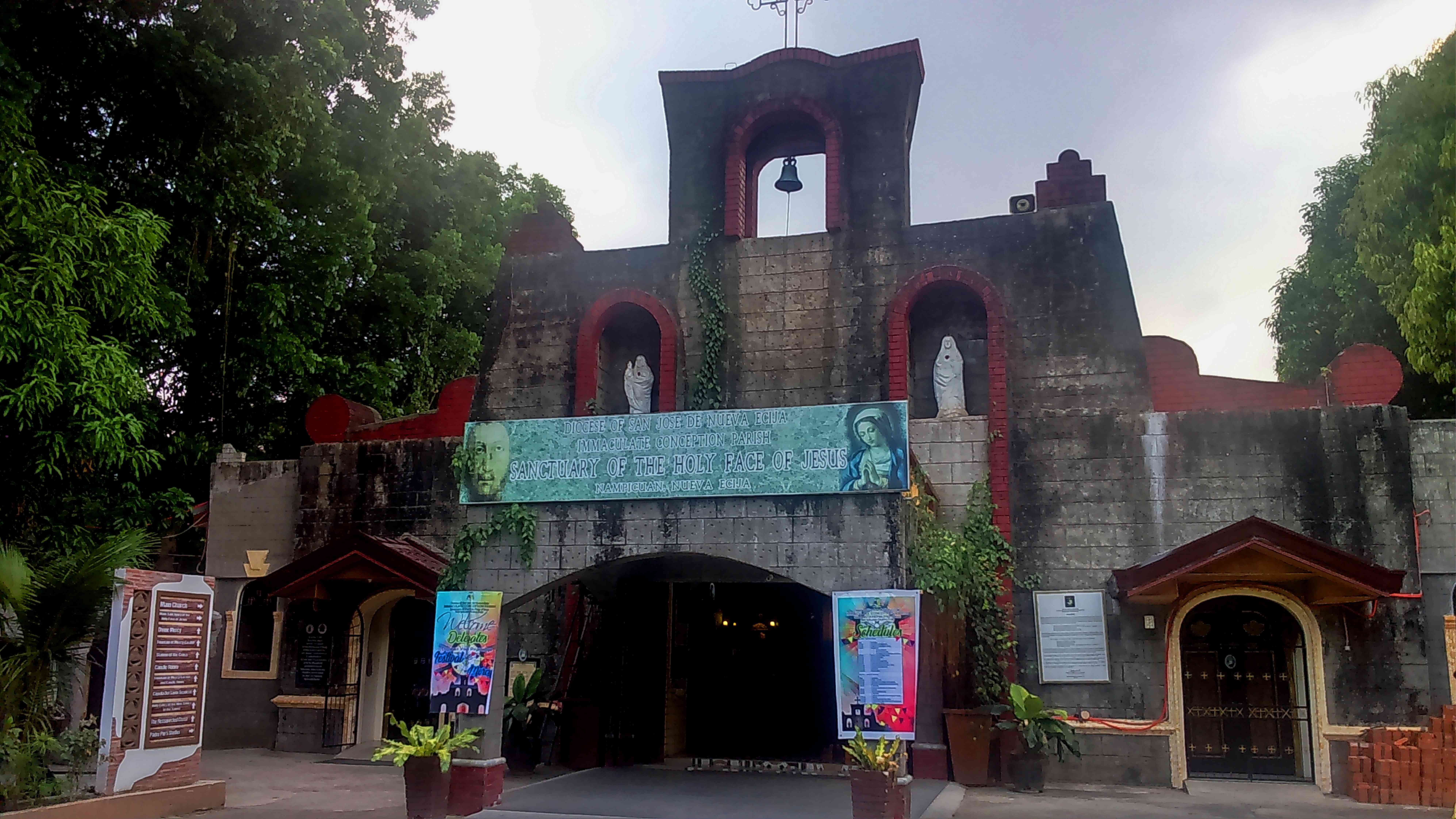
“It is the imprint of the all-important ‘double image’ that draws the eye,” Ian Wilson writes in “The Shroud of Turin: The Burial Cloth of Jesus Christ?” “There, like a shadow cast on the cloth, is the faint imprint on the back and front of a powerfully built man with beard and long hair, laid in the attitude of death.”
Seconda Pia
The image had been there for centuries, but the photographs made by Seconda Pia in 1898 made it starker and more visible, reinforcing the popular belief it was really the burial shroud of Christ. The negative of the close-up of the head in particular was particularly striking; it has since become an icon of the fallen Christ, an image venerated, nay worshiped, by Catholics everywhere.
Despite Pia’s photographs, Catholic scholars themselves have been dubious of the Veil’s authenticity. In the first decade of the 20th century, French historian and Canon Ulysses Chevalier and Jesuit Fr. Herbet Thurston called it a 14th-century forgery.
Art historian Erwin Panofsky (1892-1968) called it a “notorious” forgery, even if Albrecht Dürer (1471-1528), whose biography the Jewish-German art historian wrote, had proven as early as 1516 that the cloth was not a painting. So consumed was Dürer with the mystery of the cloth that he did his famous self-portrait patterned after the shroud’s controversial image of the alleged face of Christ.
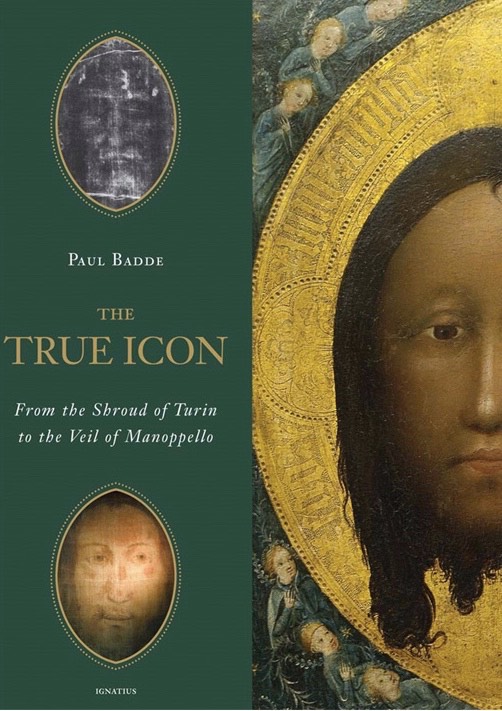
Radiocarbon dating of the shroud in the 1980s suggested that the shroud was made between 1260 and 1390, lending credence to claims by detractors it was an elaborate medieval forgery. But critics of the research said the dating was made on patched-up portions of the cloth, which could have been younger than the rest of the fabric.
But a 2014 research said that the earthquake that accompanied Jesus’ demise as recorded in the New Testament had historic basis, and could have unleashed neutrons that might have created the image on the cloth while messing up radiocarbon levels.
DNA tests in 2015 showed that the fabric had been touched by people from all over the world over the course of several centuries.
In his book, “The True Icon: From the Shroud of Turin to the Veil of Manoppello” (2012, Ignatius Press; www.ignatius.com), German journalist and historian Paul Badde also cites forensic investigations showing that the fabric had a wide variety of plant pollens contributed by various landscapes where the shroud must have traveled. This may dovetail with the “legend” or history of the shroud—that it originated in Judea, then traveled to Edessa and Constantinople, then during the Crusades, smuggled to Greece, then afterward taken to the Latin West.
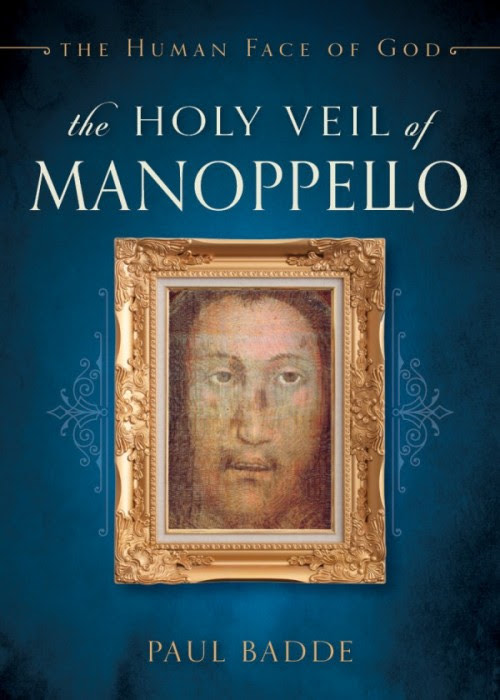
“The shroud has long been the most thoroughly investigated piece of fabric int the world,” Badde writes. “And after all that, the origin of the image that rests on its fibers remains utterly inexplicable.”
‘Face of God’ in Manoppello
Considering the difficulty of determining the Turin relic’s authenticity and explaining how the figure of an apparently beaten and maimed man has been imprinted on fabric that has inexplicably lasted till now, Badde has extended his investigative work on the Veil of Manoppello.
His latest book, “The Holy Veil of Manoppello” (2018, Sophia Institute Press, www.sophiainstitute.com), is an update of his best-selling work, “The Face of God” (2010, Ignatius Press). He polishes his narrative on the discovery of the relic, making it more gripping, while surveying new researches.
Like the earthquake that followed Christ’s death on the cross that Turin relic researchers now surmise could have stamped the contours of a person on the controversial cloth, Badde’s account of the Manoppello discovery starts with an earthquake.
In 1915, a strong earthquake struck central Italy, killing 30,000 people and with its 6.7 magnitude particularly wreaking havoc on the Appenine mountains.
Emidio Petracca, 10, in Cese town had warned earlier his classmates that an earthquake would be coming and indeed it came, and Petracca, assisting in the Mass, was buried when the local church collapsed.
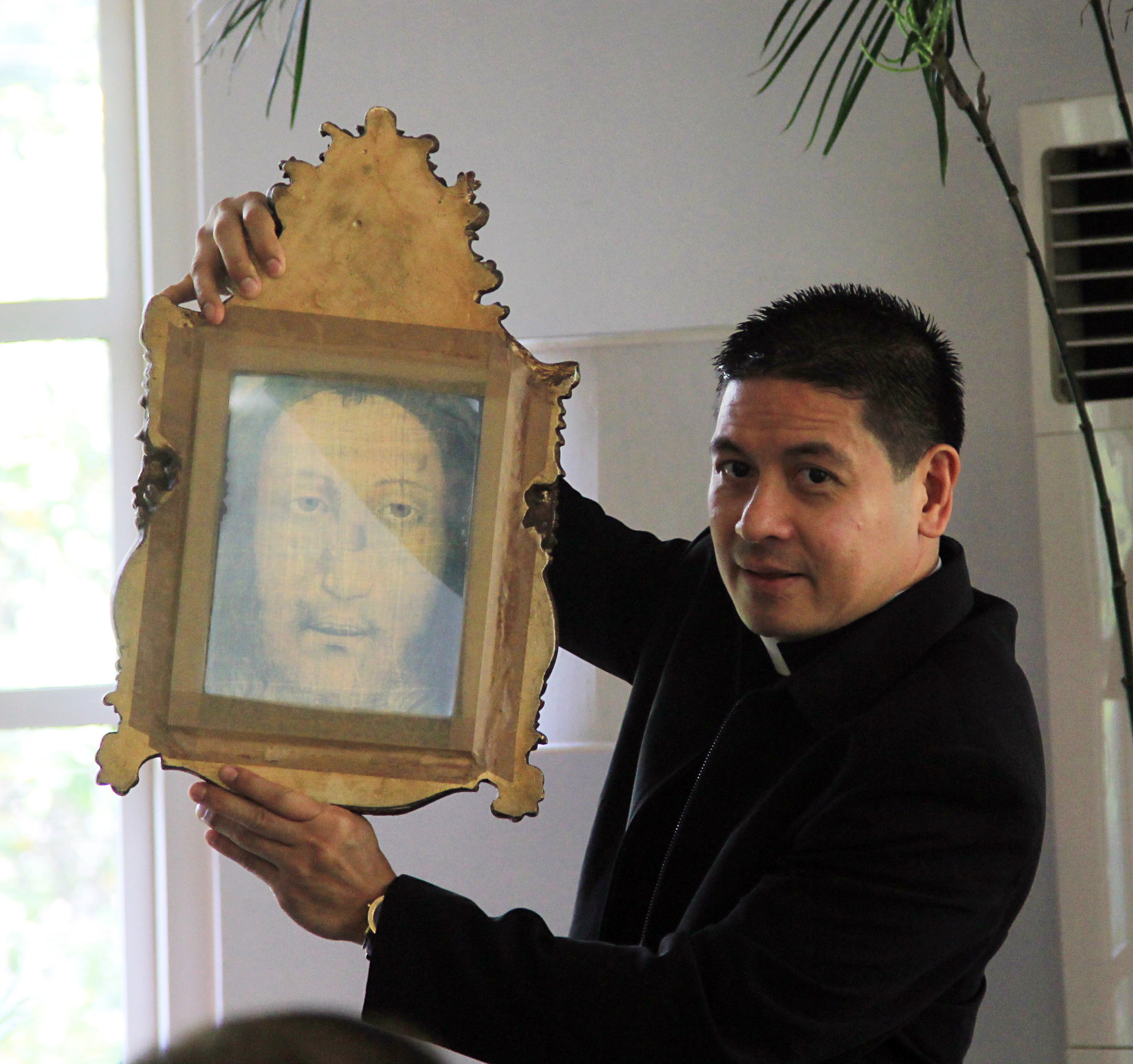
Petracca later claimed that beneath the rubble, a man suddenly appeared from nowhere and pulled him out to safety.
During the same earthquake, the Church of St. Michael on Tarigini Hill in Manoppello was damaged. The Church had been protecting an obscure object of veneration, a sacred veil, kept with three padlocks and exhibited only twice a year to pilgrims. With the reconstruction that followed the quake, the Capuchin friars moved the relic to a more prominent place with a staircase where it could be viewed more easily by pilgrims.
In 1964, the former altar boy Petracca had become a Capuchin and having assumed the religious name of Domenico, made a pilgrimage to Manoppello and lined up to view the relic. He was astounded by the sight and stammered, “This is the man who pulled me out of the debris 50 years ago! He is the one who saved me! It is he!”
Father Domenico eventually got the permission of his Capuchin superiors to live near the Manoppello Veil. He later became known as the “Apostle of the Holy Face.” Researching on the cloth, he said the veil was the Sudarium of Christ, the facial veil that was found along with the burial shroud of Christ “neatly folded beside the empty tomb,” during the resurrection, based on John’s gospel.
Unlike the Turin cloth, the Manoppello Veil had no blood. It shows the eyes open, not closed like the imprint of the man in the burial shroud.
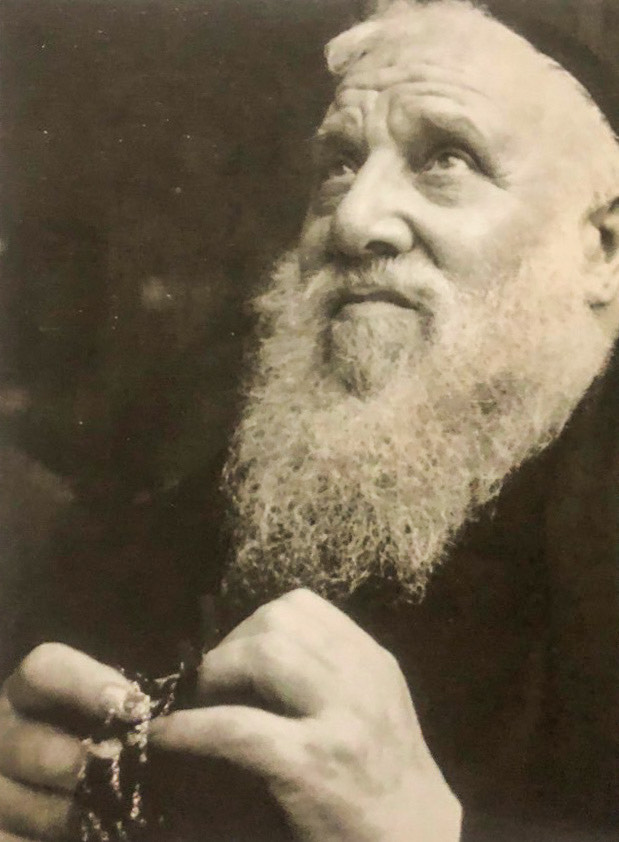
In September 1978, Father Domenico traveled to Turin since the shroud would be exhibited for the first time in 45 years. He said he was struck by the resemblance of the image to that of the veil. The next day, apparently lost in thought, the 6-foot-tall friar was struck by a Fiat. His dying words: “Venerate the Sudarium of Christ!”
Said to have borne the mystical wounds of Christ like Padre Pio, his Capuchin confrere and a friend, Fr. Domenico da Cese’s cause for beautification has been introduced in the Vatican. He’s now called “Servant of God.”
Outside of Italy, Trappist Sister Blandina Paschalis from Dahlem, Germany, had also made her investigation and found that the shroud and the veil match.
Made of ancient fabric
Badde himself has added to the scholarly spade work on the Holy Veil of Manoppello.
First, he has established that the veil is made of byssus, or mussel-silk, a very ancient fabric that had been found in the graves of pharaohs and believed to be the material constituting the Golden Fleece in Attic mythology.
More important, in the Bible, byssus is the prescribed fabric for the carpet of the Holy of Holies and for the ephod, the garment worn by the high priest. The fabric is like asbestos, resistant to fire, and more tellingly, resistant to dyes. Thus, the fabric cannot be painted on.
Second, Badde has been able to establish with convincing explanation that the Veil of Manoppello was the “Veil of Veronica” venerated from early Christianity up to the Middle Ages whose inexplicable image had come to be the model or chief template for the iconography of “The Christ”—from the Byzantine era (like the Vatican’s “Mandylion of Edessa,” said to be the oldest portrait of Christ), to the Middle Ages and even to the Renaissance era, as seen in the depictions of Christ in the art of Cimabue, Masaccio, Raphael, the Flemish Masters and Dürer.
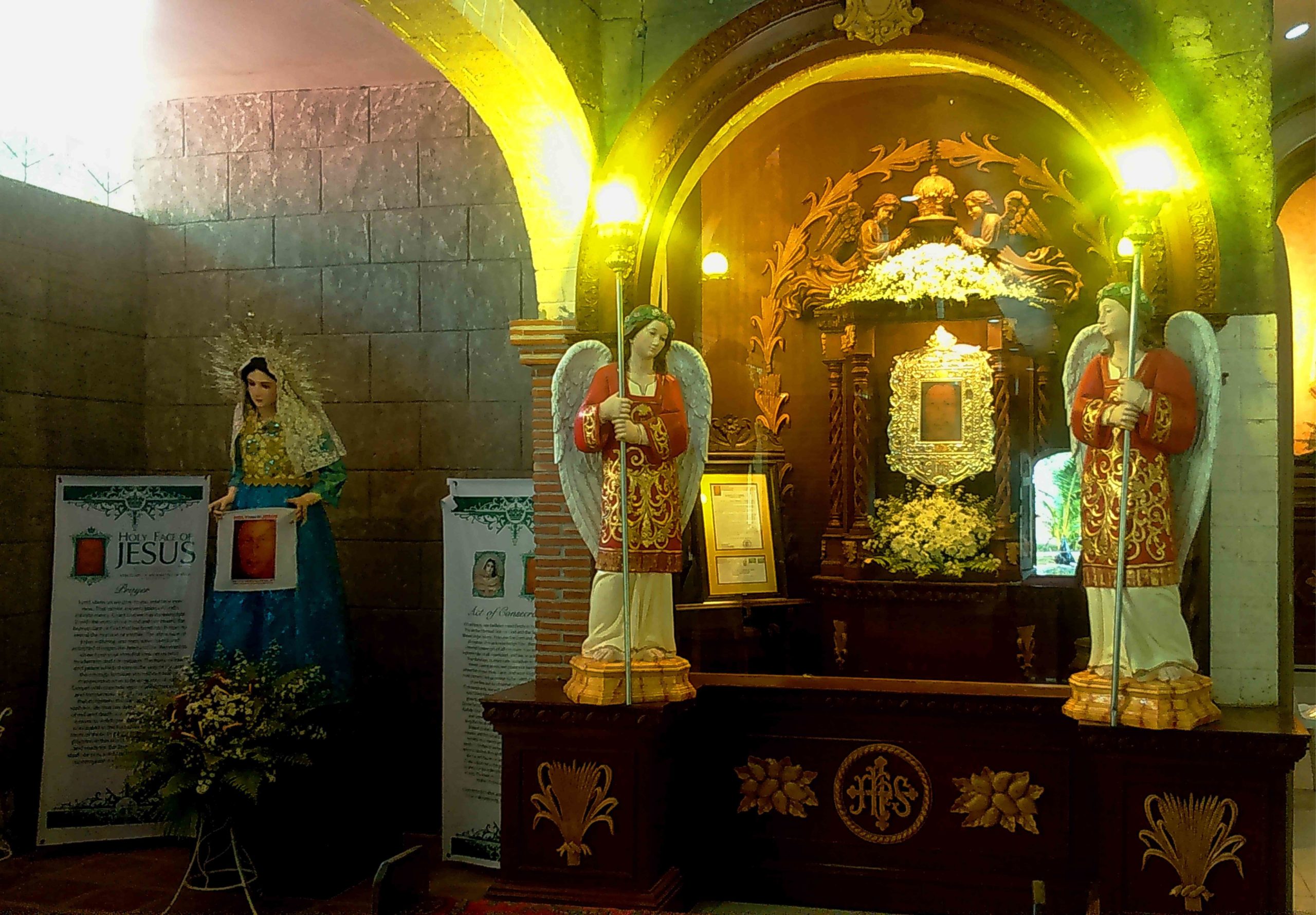
Third, Badde has been able to establish that the cult of the Holy Face had all along been centered on the Sudarium, or burial veil and the Volto Santo, or Holy Face, and that the cloth disappeared in the 16th century in the flurry of construction of the new St. Peter’s Basilica, one of whose founding pillars had been planned in fact to house the veil, and the chaos as a result of the sack of Rome in 1527.
Pope Benedict, Nampicuan
Traces of the cult remain in the frescoes and plentiful art in Rome. Yet the cult disappeared and its memory was retained merely in the apocryphal tale of the woman who wiped the bloodied face of the Christ with the intriguing name of “Veronica,” which is really a portmanteau of two Greek words meaning “true icon” or “true image.” In fact one of the pillars of St. Peter’s has the inscription, “Sancta Veronica Ierosolymitana” (Holy True Face from Jerusalem).
And perhaps fourth, Badde’s countryman, no less than Pope Benedict XVI, gave an implicit but no less canonical credence to the authenticity of the Veil of Manoppello by making a pilgrimage there on Sept. 1, 2006.
Six days later, at his general audience on St. Peter’s Square, Pope Benedict, the most theologically savvy of modern popes, said:
“We can truly say that God was given a human face, that of Jesus, and henceforth, if we really want to know God’s face, we have only to contemplate the face of Jesus!”
In September 2015, Badde came to the Philippines with his wife Ellen and Capuchin Fr. Carmine Cuccinelli, guardian of the relic and rector of the Basilica of Manoppello, to attend the first anniversary of the enshrinement of the Veil of Manoppello at the Immaculate Conception Church in Nampicuan.
To date, the image in Nampicuan is the only official replica of the veil outside of Manoppello. It is also a second-class relic since it was made to touch the original. INQ



